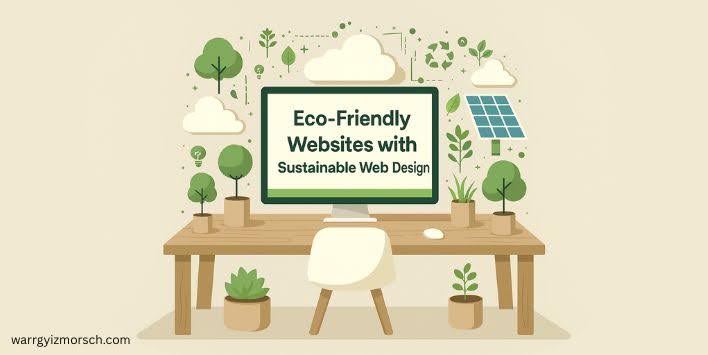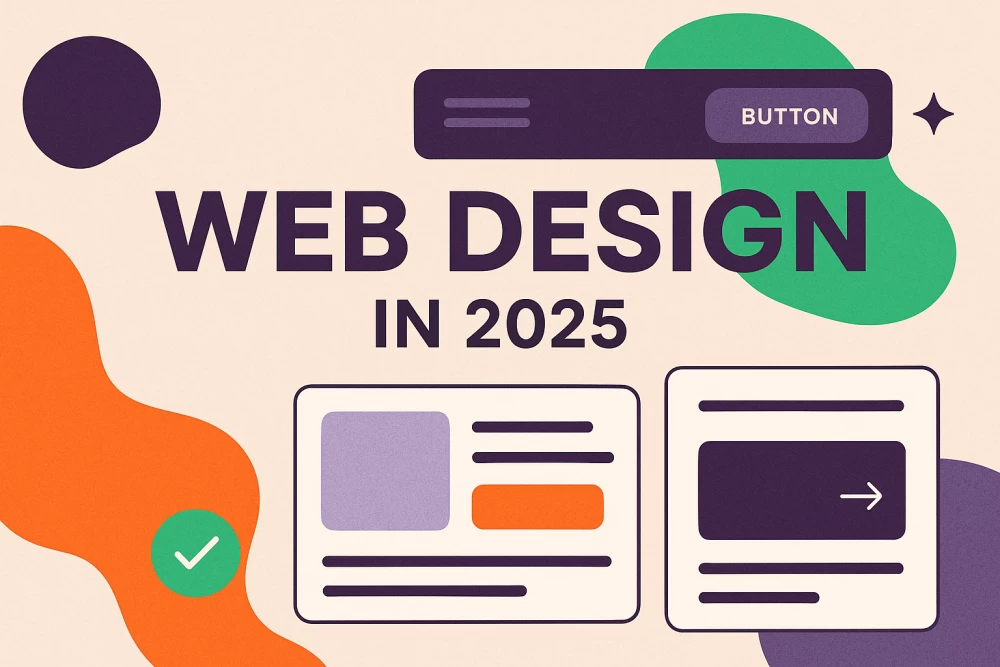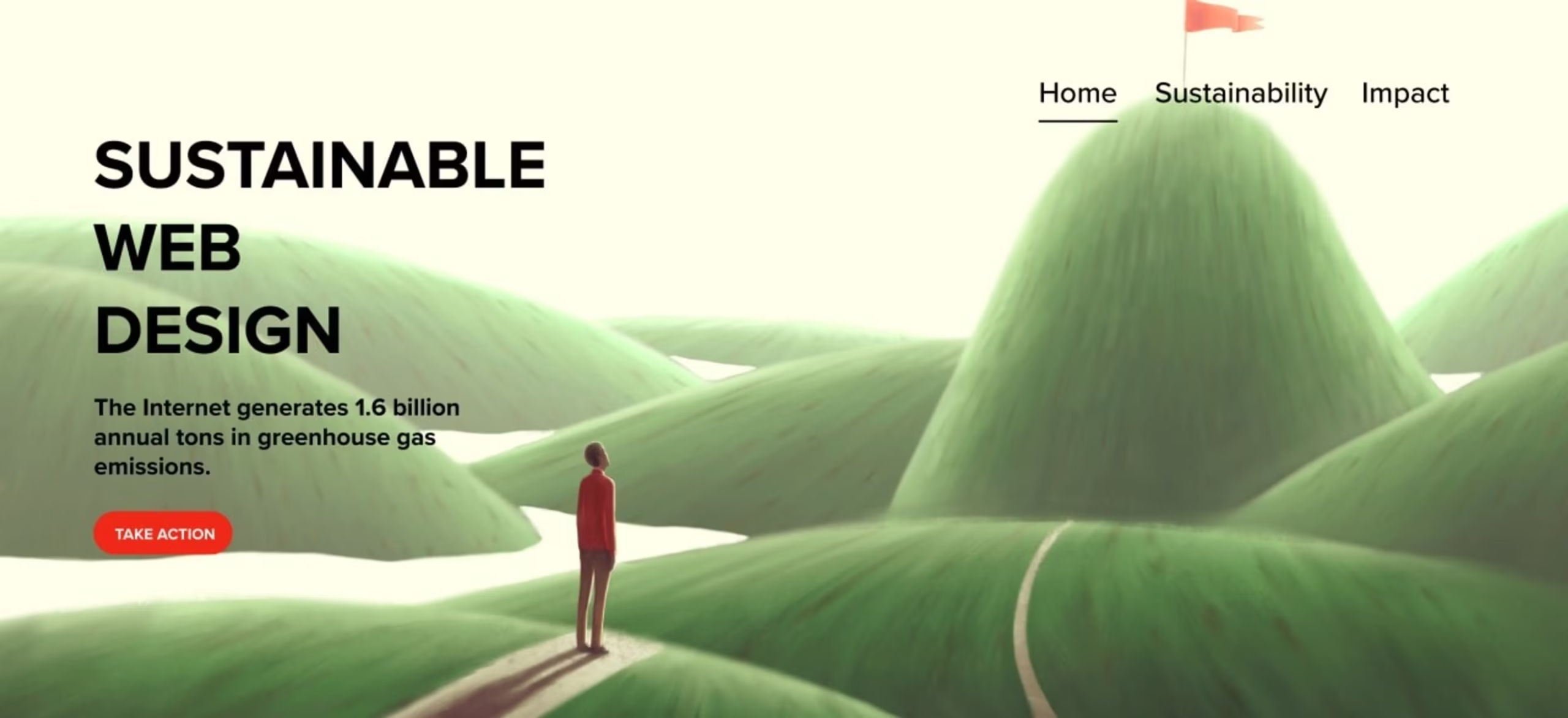Sustainable Web Design in 2025: Building Eco-Friendly Digital Platforms
In an era where digital transformation drives every industry, sustainability has become more than just a buzzword—it’s a responsibility. As businesses strive to minimize their carbon footprint, sustainable web design emerges as a crucial step toward a greener digital future. By 2025, eco-friendly websites are not just about fast performance or sleek aesthetics; they’re about creating digital experiences that align with environmental consciousness.
This blog explores how sustainable web design in 2025 is reshaping digital ecosystems, the principles behind eco-friendly web practices, and how brands like Primea Biz can lead this transformation.
What Is Sustainable Web Design?
Sustainable web design refers to building websites that consume minimal energy, utilize cleaner technologies, and optimize digital resources for environmental efficiency. The goal is to reduce the carbon emissions generated through hosting, data transfer, and user interactions.
Each time a webpage loads, it consumes electricity—from the server hosting it to the user’s device displaying it. Sustainable web design minimizes this energy usage by focusing on efficient coding, optimized media, and renewable-powered hosting.

Why Sustainable Web Design Matters in 2025
According to global studies, the internet accounts for approximately 3.7% of global carbon emissions, nearly equal to the aviation industry. With the rapid rise of AI, video streaming, and cloud-based applications, this number is projected to increase significantly.
In 2025, sustainability in web development is no longer optional. It impacts not only the environment but also brand reputation, user trust, and SEO performance. Google’s algorithms increasingly favor fast-loading, energy-efficient, and mobile-optimized websites.
Key Principles of Eco-Friendly Web Design
To make a digital platform sustainable, businesses should focus on these essential principles:
1. Efficient Performance Optimization
Reduce data transfer by compressing images, minimizing code (HTML, CSS, JS), and using caching mechanisms. Lightweight websites not only consume less power but also load faster, improving user experience.
2. Green Hosting Solutions
Choose web hosting providers powered by renewable energy sources. Many data centers in 2025 are adopting solar and wind energy to offset carbon emissions.
3. Minimalist and Functional Design
Avoid unnecessary animations, videos, or heavy design elements that increase page weight. Simplicity enhances usability and sustainability.
4. Sustainable Development Frameworks
Use frameworks and CMS platforms that prioritize efficiency. For example, Next.js, Astro, and SvelteKit are leading frameworks focusing on performance and low resource consumption.
5. Optimized Content Delivery
Implement Content Delivery Networks (CDNs) to serve files from the nearest geographic location. This reduces latency and energy waste from long-distance data transfers.
6. Dark Mode and Energy Efficiency
Dark themes and minimal white backgrounds reduce energy usage on OLED and AMOLED screens, contributing to lower device-level power consumption.
7. Eco-Friendly UX/UI Design
Sustainable design extends to user experience. Clear navigation, accessible typography, and reduced clicks per task not only save user time but also minimize digital waste.

The Role of Primea Biz in Promoting Sustainable Digital Growth
As a forward-thinking digital marketing and IT consultancy, Primea Biz understands the importance of aligning technology with sustainability. The company focuses on creating SEO-friendly, fast, and performance-optimized websites that contribute to a greener digital environment.
By integrating eco-conscious principles in every web development project, Primea Biz ensures that its clients enjoy not only modern and responsive websites but also energy-efficient platforms that stand out in Google rankings.
Tools and Techniques for Sustainable Web Development
To build greener digital platforms, developers and designers can use the following tools:
- Website Carbon Calculator – Measures the carbon footprint of your website.
- ImageOptim – Reduces image file size without quality loss.
- Green Web Foundation – Lists eco-friendly hosting providers.
- Google Lighthouse – Evaluates website performance and accessibility.
- Lazy Loading – Loads images and media only when needed, reducing energy usage.
By adopting these technologies, businesses can ensure that their online presence is sustainable and efficient.
Benefits of Sustainable Web Design for Businesses
- Improved SEO Performance
Fast-loading, energy-efficient websites are favored by Google’s ranking algorithms. - Enhanced User Experience
Streamlined navigation, optimized visuals, and minimal page bloat lead to better engagement and conversion rates. - Lower Operational Costs
Reduced energy consumption and efficient hosting lower maintenance and bandwidth costs. - Positive Brand Image
Businesses that adopt sustainable digital practices position themselves as socially responsible and future-ready. - Regulatory Compliance
With global sustainability guidelines becoming stricter, adopting green web practices ensures long-term compliance.

How to Make Your Website Sustainable in 2025
If you want your business website to contribute to a cleaner planet, here’s a quick roadmap:
- Audit Your Website’s Energy Impact – Use tools like Website Carbon Calculator to measure emissions.
- Migrate to Green Hosting – Partner with renewable-energy-based hosting providers.
- Optimize Every File – Compress code, images, and fonts for minimal load.
- Implement Smart Caching – Reduce server calls and repeat data requests.
- Use Lightweight Plugins and Themes – Avoid bloated CMS extensions.
- Encourage Low-Impact User Behavior – Offer text-based options for videos and limit auto-play content.
- Monitor and Improve Continuously – Regularly test and enhance site performance.
Future of Sustainable Web Design
By 2025 and beyond, sustainability will be at the heart of digital transformation. The emergence of AI-driven optimization, serverless architectures, and carbon-neutral data centers will revolutionize how websites are designed and maintained.
Companies like Primea Biz will play a key role in promoting a culture where innovation meets responsibility—creating digital experiences that are beautiful, functional, and environmentally conscious.
Conclusion
Sustainable web design is more than a trend—it’s a necessity in the digital age. By adopting eco-friendly practices, businesses not only reduce their environmental footprint but also build faster, more efficient, and user-centric platforms.
As we move through 2025, integrating sustainability into your digital strategy is not just good for the planet—it’s good for business.



